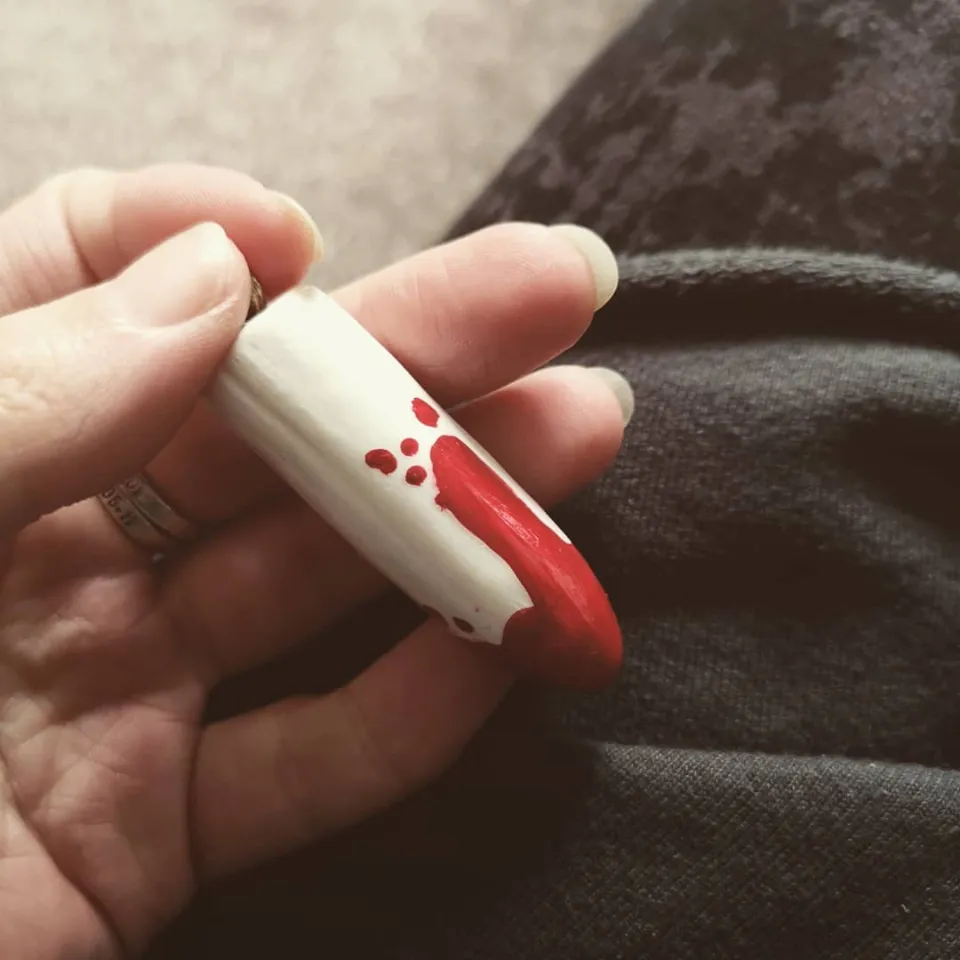
How Much Blood Does a Super Plus Tampon Hold – How to Manage
Tampons with super plus absorbency have a 12–15 gram menstrual blood absorption capacity. You might go through 6 to 12 tampons if your period causes you to lose 60 milliliters of blood.
Continue reading if you want to find out how to tell if your daughter is having a heavy period and how much blood she usually loses.
How Much Does a Super Plus Tampon Hold?
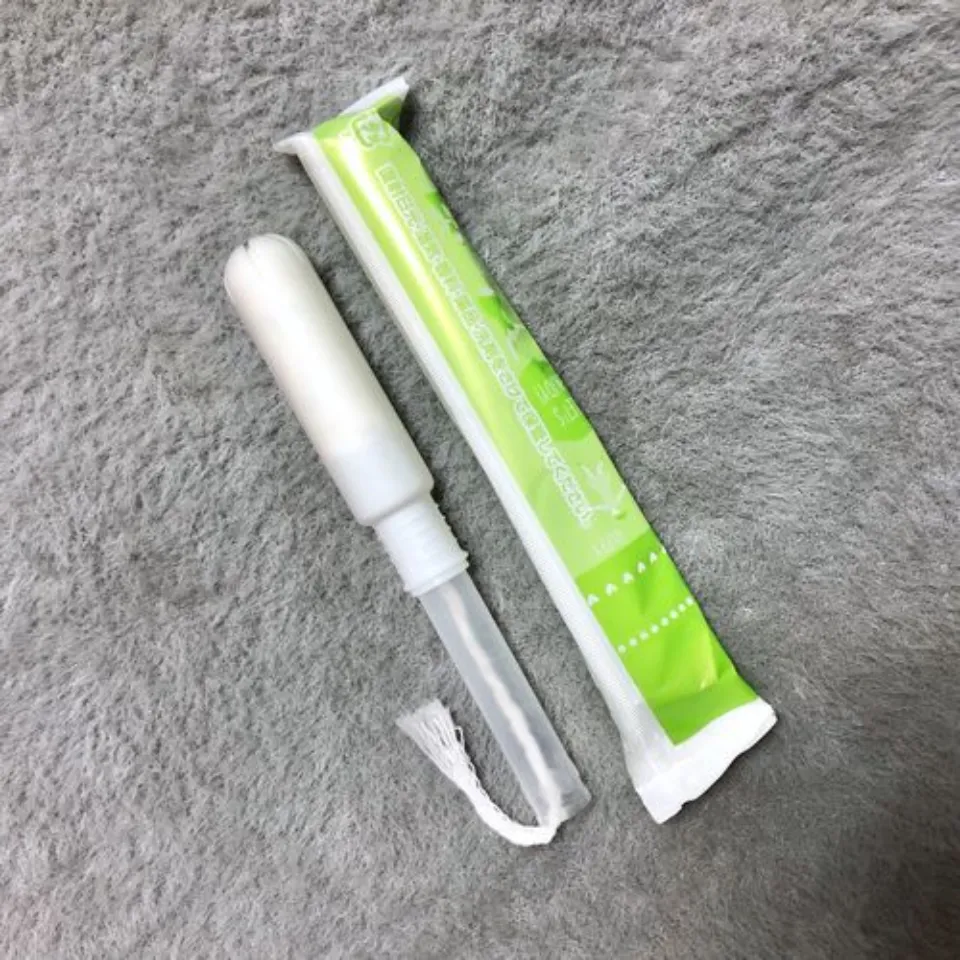
When calculating how much blood your daughter may be losing, consider:
- 3 milliliters of fluid can be contained by a fully saturated light tampon.
- Up to 12 milliliters of fluid can be accommodated by a fully saturated super tampon.
- The maximum amount of liquid that a typical daytime pad can hold is 5 milliliters.
- A completely saturated overnight pad may be able to hold 10 to 15 milliliters of liquid.
How to Tell If Your Daughter Has Heavy Periods?
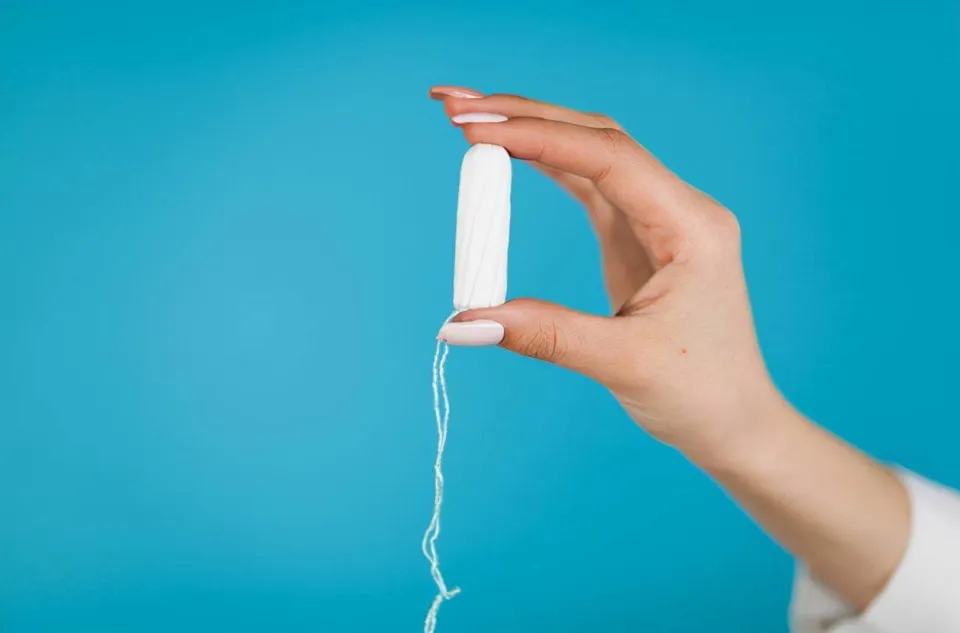
According to research, a heavy period, or heavy menstrual bleeding, is defined as a blood loss of more than 80 milliliters per cycle or period. Without a menstrual cup, measuring blood loss can be difficult. It can still have an impact on a young woman’s quality of life even if she loses less than 80 milliliters during her period. The National Institute for Health and Care Excellence (NICE) defines heavy menstrual bleeding as “excessive menstrual blood loss which interferes with a woman’s physical, social, emotional and/or material quality of life.” Here are a few ways to tell if your daughter is experiencing a heavy period:
- More than eight days pass between her periods.
- More frequently than every three weeks, she bleeds.
- She needs to change a pad or tampon at least once every hour due to the bleeding. Pay attention to how regular, maxi, and overnight tampons or pads differ from one another.
- To swap out pads or tampons, she must awaken during the night.
- She misses out on after-school activities, work, and school because of her period.
- In her lower back or stomach, she experiences severe pain.
- She exhibits signs of anemia such as fatigue, a lack of energy, vertigo, and other symptoms.
- Her blood clots range in size from grape-sized to larger.
Read More: How To Tell Your Mom You Got Your First Period
Is There An Average Amount?

Approximately two to three tablespoons, or 30 to 40 milliliters, of blood, are believed to be lost by the average person during their period. But some research suggests that this figure may actually be closer to 60 milliliters or about 4 tablespoons.
The span of “normal” blood loss is wide, so some people may have periods that are lighter or heavier than what’s considered average. Your particular level of blood loss is probably normal if you are not suffering from severe cramping, nausea, or other side effects.
Continue reading to determine where you fall on the menstrual spectrum. You will learn how to determine your monthly blood loss, what symptoms to look out for, and when to consult a doctor.
What Causes Heavy Bleeding?
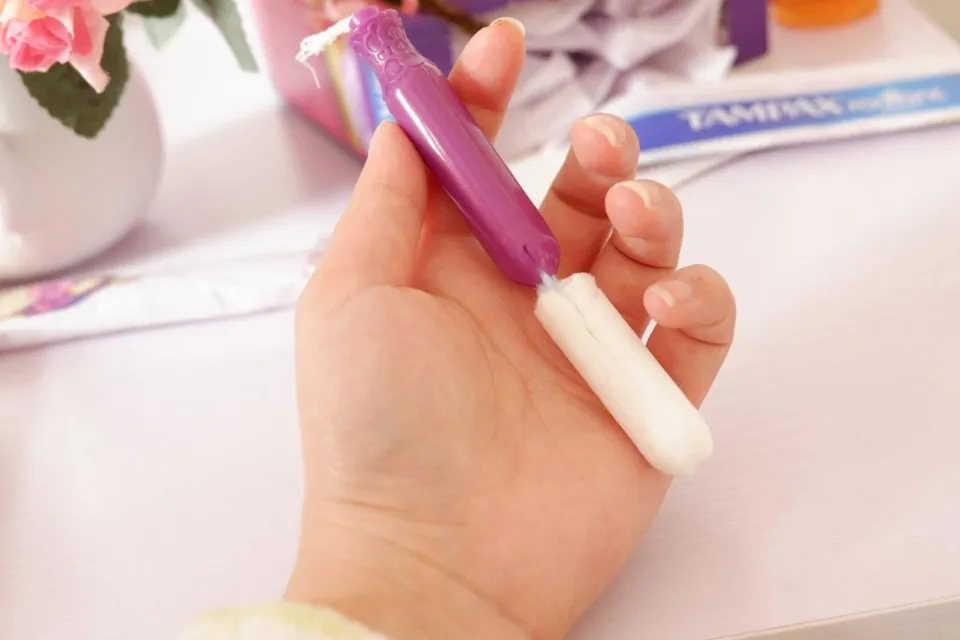
An underlying condition or a medication you’re taking may be to blame if your menstrual flow is consistently heavy. In addition to heavy bleeding, you’ll typically experience other symptoms. Watch out for the following.
Intrauterine Device (IUD)
An implantable contraceptive is an IUD. For the first few days following insertion, you might experience back pain, cramping, and heavy bleeding. For the first six months, your monthly period may be heavier, longer, or otherwise irregular.
Polycystic Ovarian Syndrome (PCOS)
The hormonal disorder PCOS is quite common. It can alter the way your ovaries function and lead to weight gain, irregular menstrual cycles, and the growth of unwanted hair on your face, chest, arms, back, and abdomen.
Endometriosis

Endometriosis develops when tissue that ordinarily develops inside of your uterus starts to develop externally. In addition to general pelvic pain and pain during sex, this may result in bleeding between periods.
Pelvic Inflammatory Disease (PID)
An infection in your uterus, fallopian tubes, or ovaries is known as PID. In addition to causing painful urination and severe abdominal pain, it can also result in irregular bleeding during or between periods.
Fibroids
Your uterus’ muscles are the site of the development of these benign tumors. Additionally, they may result in lower back and abdominal pain, trouble urinating, and constipation.
Polyps
Similar to fibroids, polyps are benign growths that form in the uterine or cervix lining. They prevent proper uterine lining shedding because they prevent the contraction of uterine muscles. A shorter or longer menstrual cycle, bleeding between periods, and other menstrual irregularities can result from this.
Adenomyosis
Uterine tissue doesn’t shed with menstrual flow when a person has adenomyosis; instead, it embeds itself into the uterine walls. Large blood clots, general pelvic pain, and pain during sex can also result from this, in addition to heavy, protracted periods.
Hypothyroidism

Your thyroid needs to be active in order to produce enough hormones to properly control every bodily function. Menstruation may be impacted by this, along with unexplained weight gain and increased sensitivity to heat.
Bleeding Disorders
Blood clotting issues can prevent bleeding from occurring. Heavy menstruation, severe bleeding after cuts or scrapes, unexplained nosebleeds, and frequent bruises could result from this.
Certain Medications
Blood clots are also avoided by anticoagulant drugs. This may result in gums that bleed easily, black or bloody stools, and easy bruising. Chemotherapy medications work similarly.
5 Tips for Symptom Relief

If dealing with irregular symptoms, you may find it helpful to:
Keep a Record
Keep track of your period for a few months if you think you’re bleeding more than you should be. You could keep a log or use a period tracker app. Keep track of your period’s start and end dates, how frequently you change your cup or absorbent product, and any additional symptoms you may be having.
Take Ibuprofen
Ibuprofen, also known as Advil and Motrin, contains a component that can lessen blood flow while also easing cramps.
Use a Compress
By using a heating pad or relaxing in a warm bath, you might also be able to relieve cramping muscles.
Drink Water
No matter how light or above average your flow is, you are still losing fluid. Keeping hydrated can lessen and possibly even eliminate symptoms like nausea and vertigo.

Eat Iron-rich Foods
You might feel exhausted and lethargic as a result of iron deficiency brought on by significant blood loss. To help restore your levels and ease symptoms before and during your period, try eating iron-rich foods such as:
- Eggs
- Meat
- Fish
- Tofu
- Nuts
- Seeds
- Whole grains
When to See Your Doctor
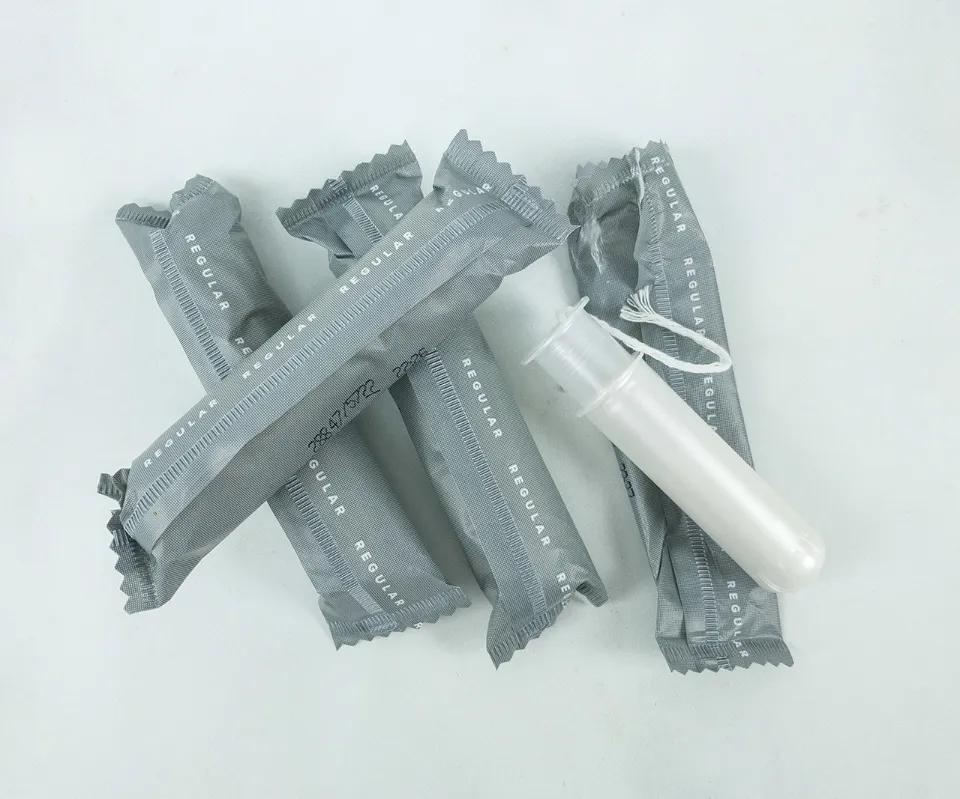
Periods can vary from one month to the next. Due to the natural functioning of your body, your period may be heavy one month and light the next.
Consult your doctor if you notice any new symptoms or believe your period is unusually heavy. At the very least, your doctor can reassure you that your period is normal.
They’ll work with you to identify your symptoms and create a treatment strategy specific to your needs if they have reason to believe there is an underlying cause.
FAQs
How Much Blood Does a Super Plus Tampon Hold ML?
Up to 12 milliliters of fluid can be accommodated by a fully saturated super tampon. Approximately 5 milliliters of liquid can be held by a fully saturated regular daytime pad.
Is It Normal to Bleed through a Super Plus Tampon in 2 Hours?
Heavy bleeding occurs when you pass clots the size of a quarter or larger, need to change your tampon or pad in less than two hours, or both. Consult a physician if you experience this type of bleeding. Living your life to the fullest can be prevented by untreated heavy or protracted bleeding. Anemia may also result from it.
How Many Super Plus Tampons a Day is Normal?
3-6 products per day (pads or tampons) is normal. If you use less, you might not be changing them frequently enough for health and hygiene. Consider using a larger size if you need to use more than that because tampons are leaking or quickly filling up.
How Long Do Super Plus Tampons Last?
Just up to 8 hours should be spent using a tampon. So the short answer to your question is yes if you’re wondering if you can sleep with a tampon in. You should only use a tampon for up to 8 hours because they don’t know whether it’s day or night and continue to function as normal while you sleep.





Average Rating